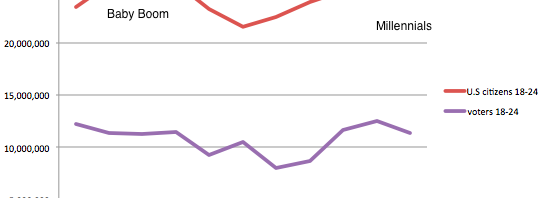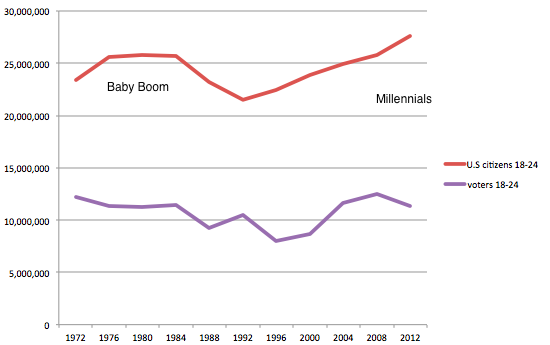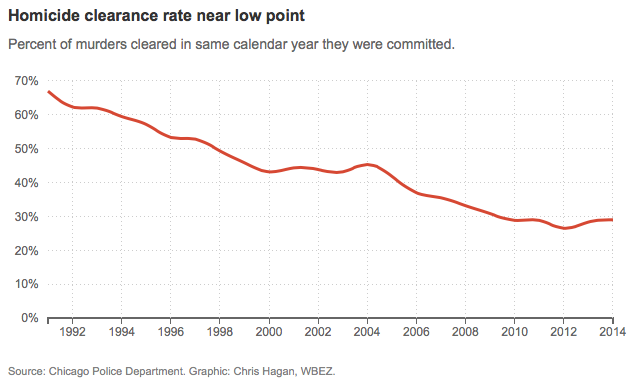- Facebook194
- Total 194
The Washington Center for Internships selects the annual New York Life Higher Education Civic Engagement Award, and the 2015 award went to us at Tufts University along with Dominican University, John Carroll University (Ohio), Rutgers University-Camden (N.J.), and Weber State University (Utah).
These institutions are all wonderfully different, and the award emphasizes the many ways that colleges and universities can educate their own students for citizenship and strengthen public life in America.
At Tufts, we have two distinctive advantages.
First, we have elevated civic engagement to a high institutional priority. Unlike a typical school of public policy or public affairs, the Tisch College of Citizenship & Public Service at Tufts is charged with reaching all the students and faculty of the whole university, regardless of their majors, degree programs, and disciplines. And unlike a center for public engagement or service, the college has a dean who serves as a peer with the deans of Arts & Sciences, Medicine, and the other Tufts colleges and thereby influences the direction of the whole university. Tisch College is the epicenter of civic engagement at Tufts, collaborating closely with all the other schools.
Second, since we are a research university, we contribute to civic life by studying it and by conducting high-end research in collaboration with civil society. The award application asked for one example of a civic engagement program at each applicant’s campus, and we cited the Community Assessment of Freeway Exposure and Health (CAFEH) project. I’ve written about CAFEH before, but the essential points are that the idea came from community groups; they worked with Tufts on sophisticated, federally-funded science; and the results include not only more than 20 peer-reviewed articles but also local policies meant to address a really serious health problem (fine particulate pollution from highways). This is just an example, but it well illustrates how a research-intensive university can support civic life.
The blurbs on the other four winners are also inspiring and informative.





